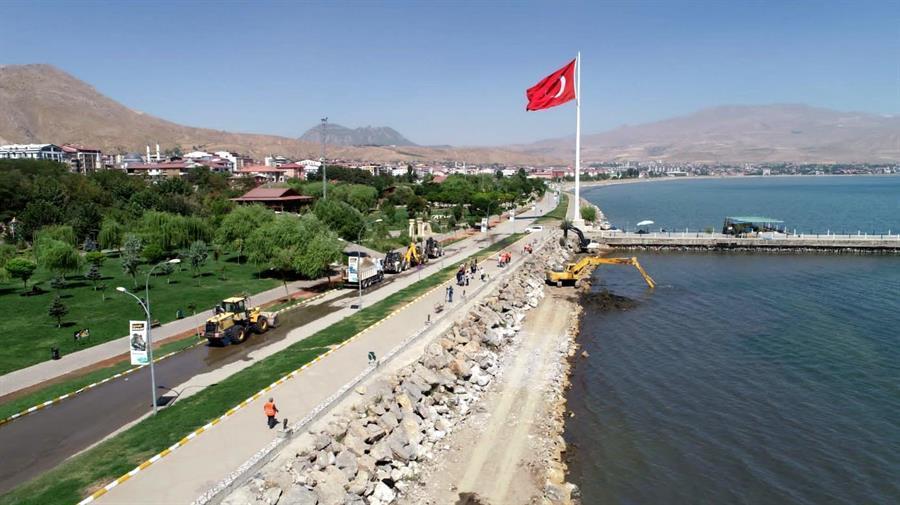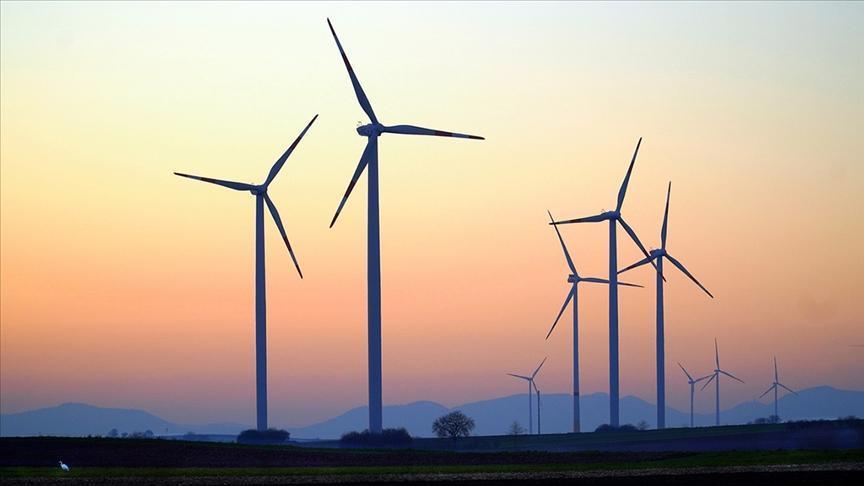500,000 cubic meters of bottom mud removed from Lake Van
VAN

In line with the Lake Van Basin Protection Action Plan, efforts have begun to clean up mud from the lake bed, which is causing a pungent smell and making it look not so appealing to the eye.
After the commissioning of the Van Central Wastewater Treatment Plant and the reduction of pollution caused by animal waste, the removal of bottom mud has gained momentum.
In a social media post, Environment, Urbanization and Climate Change Minister Murat Kurum underlined the importance of ensuring the sustainable use of Lake Van with its unique natural, historical and cultural features and increasing environmental protection awareness in the region.
“First, we eliminated the causes of pollution, and then we started cleaning. So far, 500,000 cubic meters of bottom mud have been removed from Lake Van. We will not leave any untreated water in our lake,” he stated.
Menderes İşçen, the head of the Department of Water and Soil Management of the General Directorate of Environmental Management, also gave information about the studies carried out on the lake. İşçen stated the works on the coast of Tuşba have continued in three stages. “We have almost reached the end of the first stage. About 500,000 cubic meters of mud were removed here. We plan to complete this step before the summer of next year,” he said.
İşçen also underlined two essential activities in the Van region that make bottom dredging mandatory. “One of these activities is the wastewater from Van center and surrounding districts is being discharged into the lake for years without treatment. Another is the uncontrolled release of waste from livestock activities very close to the lake. The high amount of organic pollution from these two sources has caused a high amount of mud formation in this region, and especially on the coastline. This mud has also become very hard and solid because it has been accumulating here for a very long time. The mud accumulated here is causing the water quality of the lake to deteriorate. It causes both visual pollution and a problem of extremely bad odor here in the summer,” he said.
Emphasizing that the dredging activities will be carried out on all the shores of Lake Van that are suitable for the accumulation of bottom mud with the instructions of the ministry, Işçen said, “Lake Van has a different hydrological structure. The currents in the lake are mostly towards the Tatvan Coast. Due to the negative impact of the pollution on human and environmental health, we started the bottom mud cleaning activities on the coastal strip of Tatva, which is 300 meters wide and about 9 kilometers long, on Aug. 15, 2022. The work in question is being carried out within the possibilities.”
















